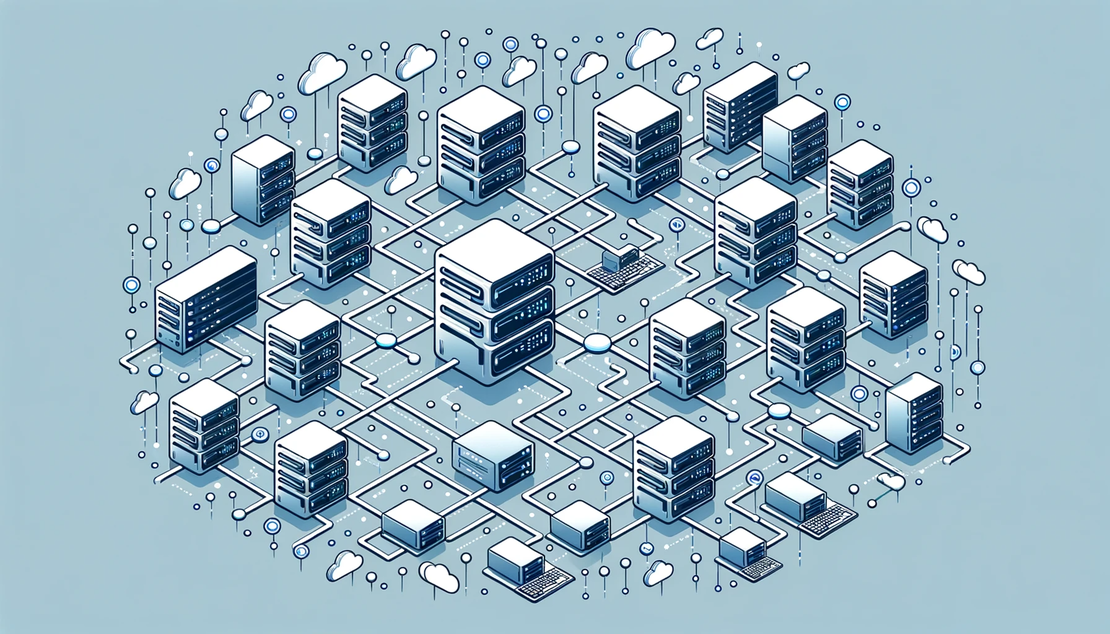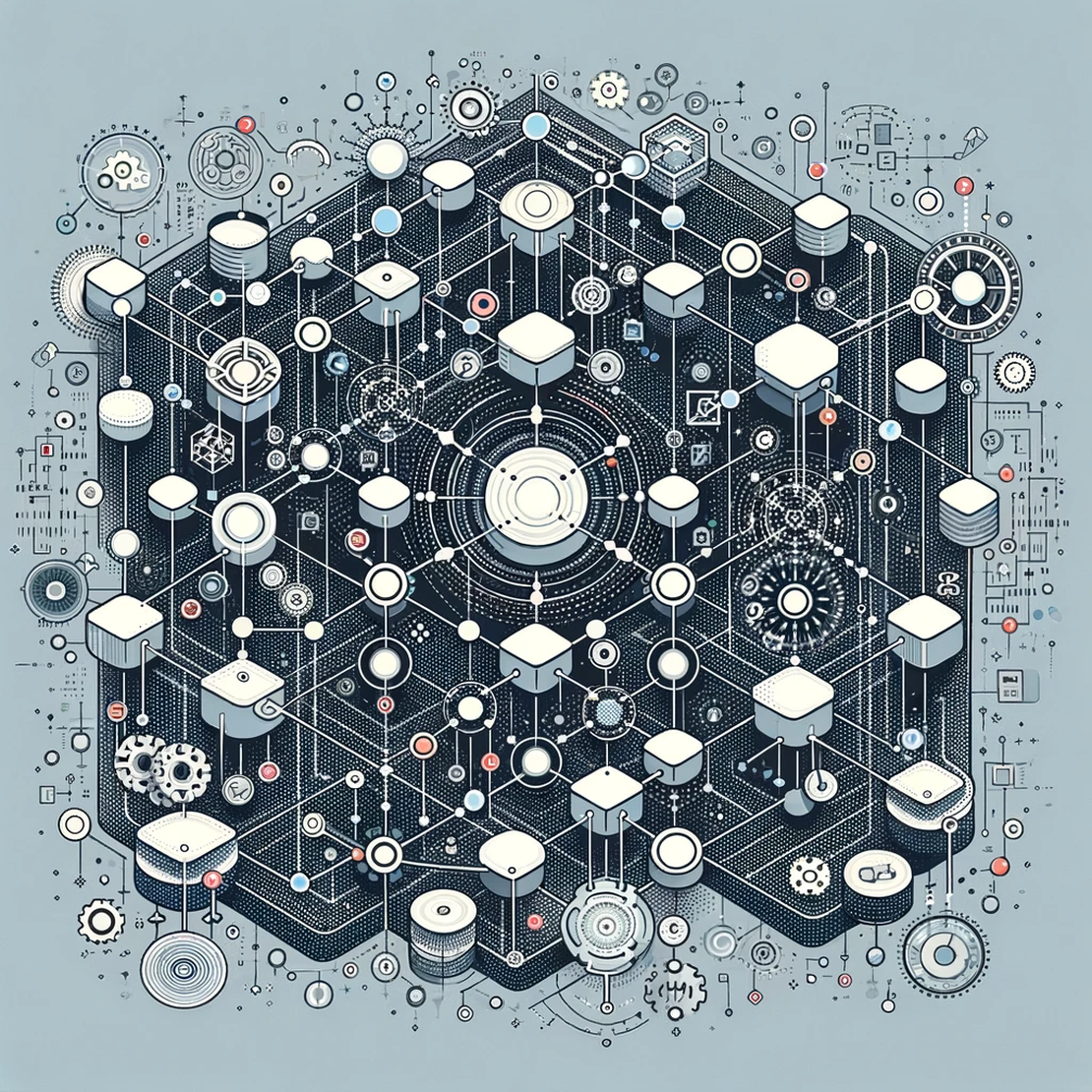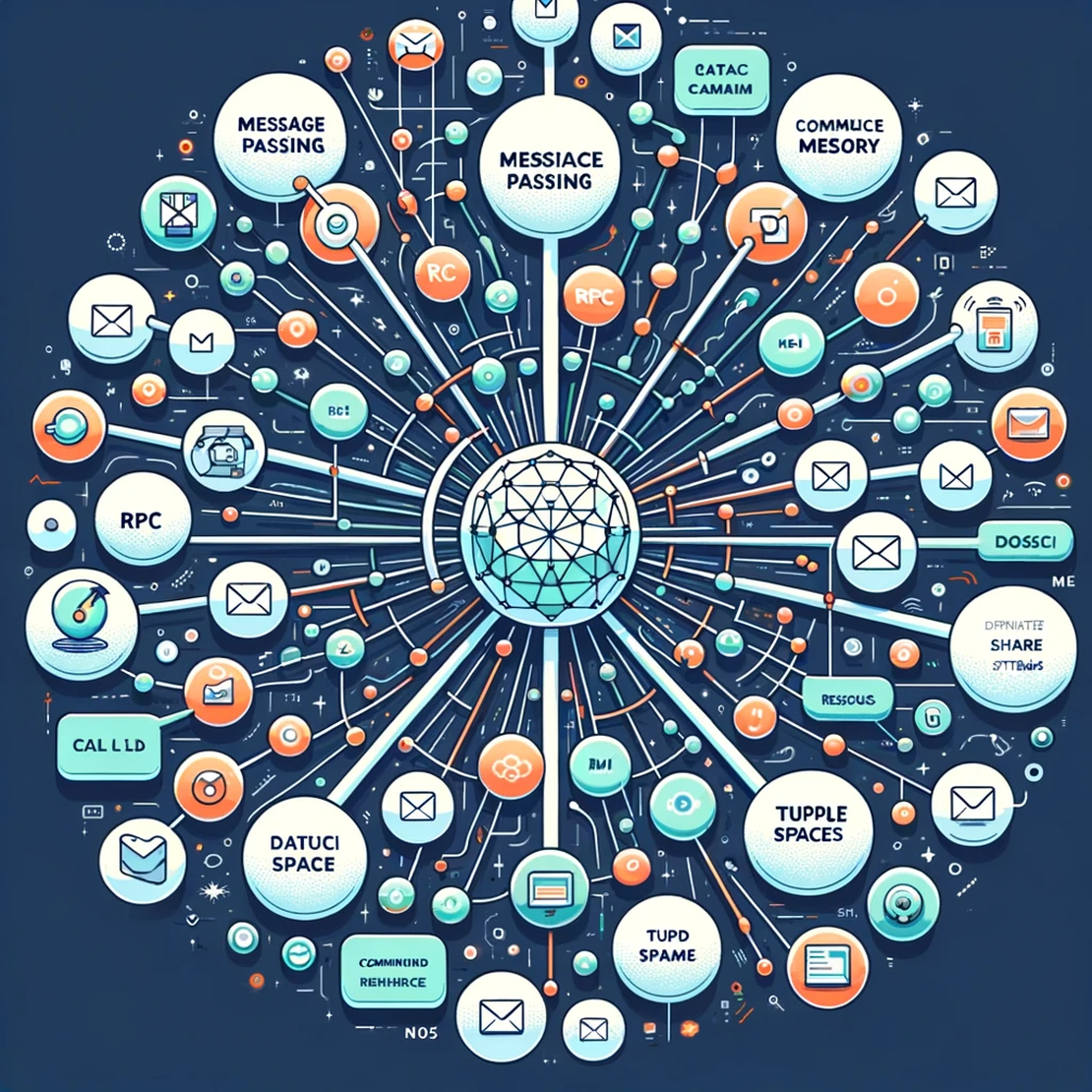
Understanding Distributed Systems: An Introductory Guide
- Yuhang
- Cloud , Distributed systems
- July 1, 2023
Introduction
In the realm of computing, the term “Distributed Systems” often surfaces as a critical area of study and application. But what does it mean, and why is it so crucial in today’s tech landscape? This blog post aims to provide an in-depth understanding of distributed systems.
What is a Distributed System?
At its core, a distributed system is a collection of independent computers that collaborate to perform a unified task or deliver a single service. The ideal scenario is one where these multiple components are entirely transparent to the user, appearing as a single, coherent system. This seamless interaction is what makes distributed systems so fascinating and complex to study.
Definitions to Know
- Distributed System: A collection of independent computers that work in unison to perform a single task or provide a single service.
The Five Pillars: Key Goals of Distributed Systems
-
Transparency
Transparency is the art of making the complex appear simple. In the context of distributed systems, it means hiding the separation of components so that the user sees a single, unified system.
Types of Transparency:
- Access Transparency: Whether local or remote, all resources are accessed in the same manner.
- Location Transparency: The user remains unaware of where the resources are located.
- Migration Transparency: Resources can move or migrate without any change in their names.
- Replication Transparency: Multiple copies of resources exist, but the user is unaware of this.
- Failure Transparency: The system hides the failure of individual components from the user.
- Concurrency Transparency: Users are unaware that resources are shared with others.
-
Scalability
Scalability is the system’s ability to grow and manage increased demand effectively. A scalable system can handle the addition of users and resources without a noticeable loss of performance.
Dimensions of Scalability:
- Size Scalability: As the number of users or resources increases, the system should not become overloaded.
- Geographic Scalability: The system should effectively manage increased distances between nodes.
- Administrative Scalability: As the system grows, the administrative complexity should not increase exponentially.
-
Dependability
Dependability in a distributed system involves three key aspects:
- Consistency: All nodes in the system should have a consistent view of the data.
- Security: The system should protect against unauthorized access and attacks.
- Fault Tolerance: The system should continue to function even when some of its components fail.
-
Performance
Achieving high performance in a distributed system is a challenging task because it often conflicts with other goals like transparency and security.
-
Flexibility
Flexibility in a distributed system refers to its ability to adapt to changing requirements and conditions.
Design Principles for Scalability
When designing a scalable distributed system, certain principles can guide you:
- Decentralization: Avoid any form of centralization as it can lead to performance bottlenecks.
- Local Decision-making: Nodes should make decisions based on local, not global, information.
- Survivability: Algorithms should be designed to continue functioning even if some nodes fail.
- No Global Clock: The system should operate without the need for a synchronized global clock.
Software Architectures: The Building Blocks
-
Multicomputers
A multicomputer is a system consisting of multiple computing nodes connected over a network. These can differ in terms of resources, network connections, and homogeneity.
-
Distributed Operating Systems (DOS)
A Distributed Operating System is designed from the ground up to support distributed services. It aims for a high level of transparency and usually assumes a homogeneous multicomputer environment.
Common Pitfalls: Mistakes to Avoid in Developing Distributed Systems
- Network Reliability: Never assume that the network is 100% reliable.
- Zero Latency: Data transfer delays are a reality; they can’t be ignored.
- Infinite Bandwidth: Bandwidth is a finite resource; manage it wisely.
- Network Security: Always incorporate security measures; no network is entirely secure.
- Static Topology: Network configurations change; your system should be adaptable.
Conclusion
Understanding distributed systems is not just an academic exercise; it’s a necessity for anyone involved in the development or management of complex computer systems. By being aware of the key challenges, goals, and principles, we can aspire to build systems that are robust, scalable, and efficient.


